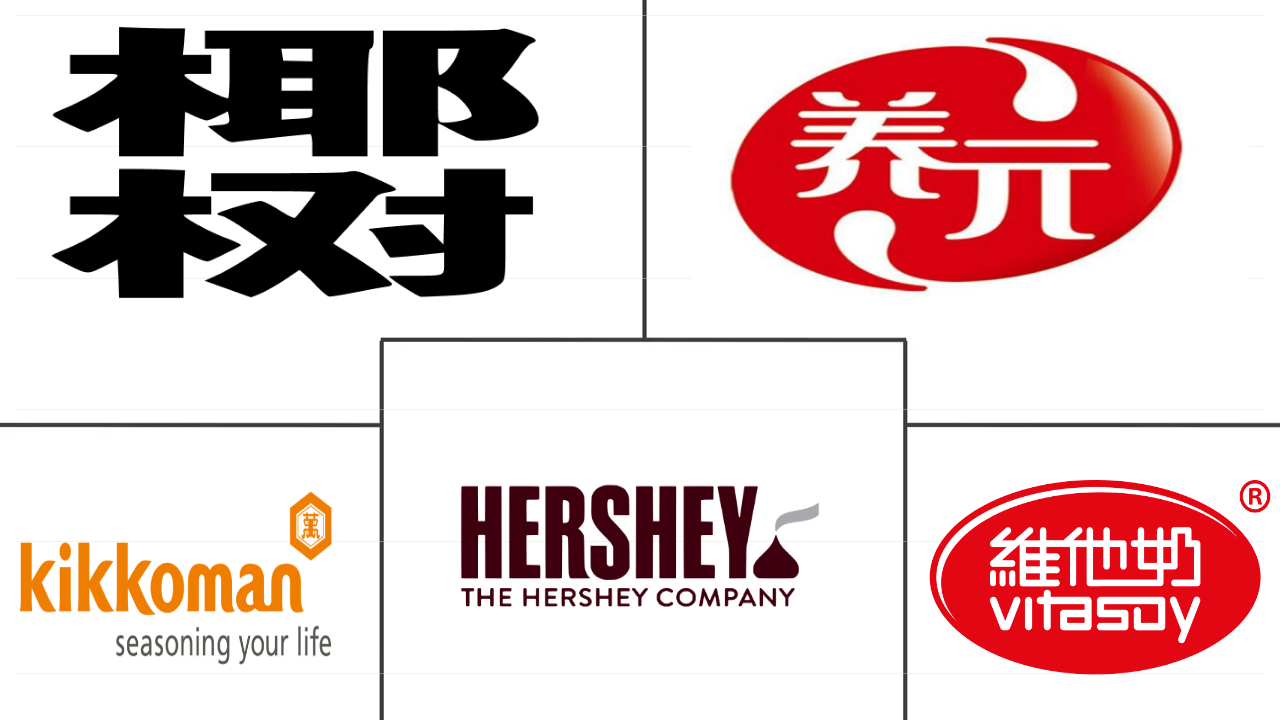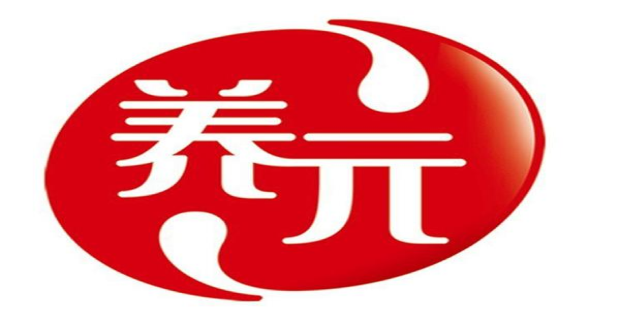Market Size of asia-pacific non-dairy milk Industry
| Icons | Lable | Value |
|---|---|---|
|
|
Study Period | 2017 - 2029 |
|
|
Market Size (2024) | USD 9.49 Billion |
|
|
Market Size (2029) | USD 14.13 Billion |
|
|
Largest Share by Distribution Channel | Off-Trade |
|
|
CAGR (2024 - 2029) | 8.29 % |
|
|
Largest Share by Country | China |
Major Players |
||

|
||
|
*Disclaimer: Major Players sorted in no particular order |
Asia-Pacific Non-Dairy Milk Market Analysis
The Asia-Pacific Non-Dairy Milk Market size is estimated at 9.49 billion USD in 2024, and is expected to reach 14.13 billion USD by 2029, growing at a CAGR of 8.29% during the forecast period (2024-2029).
9.49 Billion
Market Size in 2024 (USD)
14.13 Billion
Market Size in 2029 (USD)
5.71 %
CAGR (2017-2023)
8.29 %
CAGR (2024-2029)
Largest Market by Product Type
76.29 %
value share, Soy Milk, 2023
The changing societal attitudes towards animal welfare and the environment among consumers is increasing the emphasis on soy milk as a go-to ingredient replacing animal-derived milk.
Largest Market by Country
52.65 %
value share, China, 2023
Consumers' healthier perspective and greater emphasis on the nutritional value of products with avoidance of dairy products is largely driving the segmental growth in China.
Fastest-growing Market by Product Type
12.21 %
Projected CAGR, Oat Milk, 2024-2029
The improvised health benefits of oat milk as it is rich in calcium, vitamin D, and Beta- Gluten compared to other plant-based milk types impacting segmental growth.
Fastest-growing Market by Country
15.14 %
Projected CAGR, New Zealand, 2024-2029
The segmental growth in New Zealand is influenced by the advent of functional products, and the emphasis on low-calorie, low-sugar, digestive products by the consumers in New Zealand.
Leading Market Player
16.49 %
market share, Hebei Yangyuan Zhihui Beverage Co. Ltd, 2022

Hebei Yangyuan Zhihui Beverage Co Ltd's major focus on the quality and high standards of the products in plant-based beverages segment with produts in wider range of brands made it maket leader
Strong penetration of organized retail channels fueling the market growth
- From 2017 to 2022, off-trade retailing dominated the retail space in the Asia-Pacific region. In 2022, off-trade retailing held a share of 93.64%. Consumers in this region are highly fascinated by off-trade retailing due to the greater convenience it offers when purchasing plant-based milk.
- On-trade retailing accounted for a share of 6.36% in Asia-Pacific in 2022. In on-trade channels, such as quick-service restaurants, the prices for plant-based milk are fixed, while consumers have several options in off-trade channels. In the Asia-Pacific region, off-trade channels offer plant-based milk at varied prices, ranging from low to medium and high. For example, oat milk sold by these retailing units is available from INR 255 to as high as INR 764. The availability of plant-based milk at different price points also promotes consumer buying power, as they can choose products that suit their affordability parameters.
- In the Asia-Pacific region, on-trade retailers focus on providing a variety of plant-based milk, including different flavors such as unsweetened, chocolate, vanilla, etc. However, these retailers may not provide complete information about product specifics, such as ingredients used or the type of seeds used. As a result, consumers prefer purchasing their plant-based milk beverages through off-trade modes.
- Over the past three years (2020-2023), specialty stores have experienced significant demand under the off-trade mode, as they offer higher visibility of the products to consumers. Considering the growing demand for plant-based milk, the overall distribution segment in the region is expected to grow by 9.78% in 2025 compared to 2022.
Numerous factors like government support, veganuary campaign, and food service, caffes introducing plant-based milk in their menu is fueling the market expansion
- The Asia-Pacific market witnessed an overall growth rate of 9% in the sales value of plant-based milk from 2019 to 2023. Plant-based milk holds a significant portion of the dairy alternative market in the region. China, Japan, and South Korea are the leading consumers of plant-based milk. In 2023, these three countries collectively accounted for a 74% share of the overall plant-based milk consumption in the region. In South Korea, approximately 74% of consumers opt for plant-based milk, while 27% consume other dairy alternatives.
- In 2022, India had the third-highest number of participants globally in the Veganuary campaign, with approximately 60,000 people joining. This highlights the growing interest in plant-based alternatives in the country. In Australia, each individual consumed around half a metric cup of milk substitutes per week in 2022.
- Vegetarians and vegans in the Asia-Pacific region actively promote the advantages of plant-based alternative milk for human nutrition and health compared to natural dairy milk. Additionally, governments in the region are investing in dairy alternative companies. For instance, in 2022, the New Zealand Government contributed USD 6 million to support New Zealand Functional Foods, a Southland-based oat milk producer.
- Eateries and coffee shops are stocking plant-based goods to meet consumer demand. Café Coffee Day, India's largest coffee chain with over 900 outlets, started offering a variety of plant-based beverages in 2022, driving on-trade sales in the region. In South Korea, the introduction of oat milk to the menu at Starbucks resulted in the sale of over 200,000 oat milk beverages in the first month alone. The sales of plant-based milk through on-trade channels are expected to grow by 11% during the period 2024-2027 in the region.
